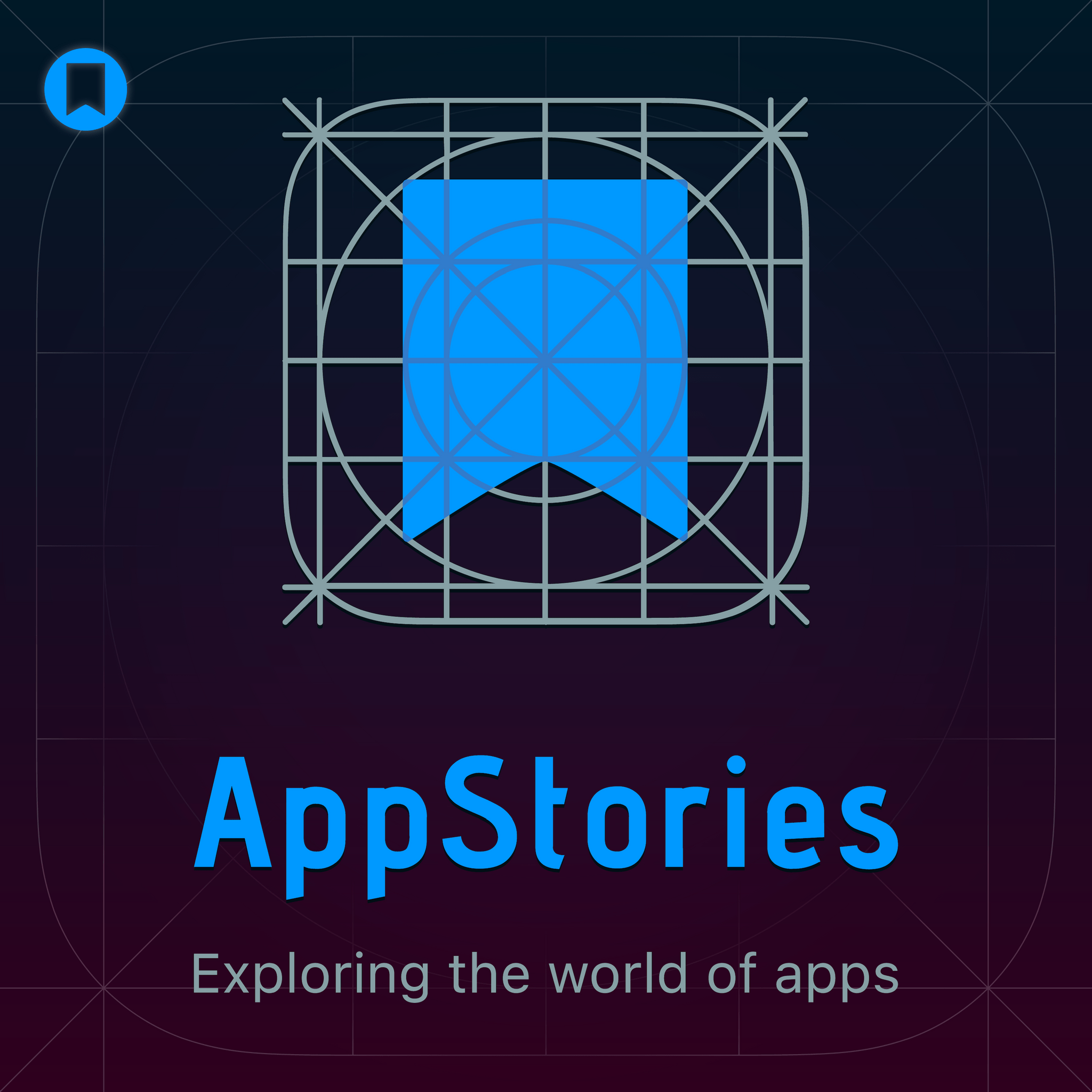
Obsidian In Depth: The Basics (Part 1)

AppStories
Deep Dive
Why did the developers create Obsidian?
Obsidian was created by two developers during the lockdowns in 2020 to serve as a personal knowledge management (PKM) application. They were looking for a tool to manage their personal knowledge and notes.
What is a vault in Obsidian?
A vault in Obsidian is a folder containing Markdown files. It serves as the database for your notes and can be located in your file system on Mac, iOS, or Windows.
Why is data portability a significant advantage of Obsidian?
Data portability in Obsidian is a significant advantage because your notes are stored as plain text files in a folder. This means you can access and use them with any other application that can read text files, ensuring you always control your data.
What are internal links and backlinks in Obsidian?
Internal links in Obsidian allow you to reference other notes using a specific syntax (e.g., [[note name]]). Backlinks are links that show which other notes are referencing the current note, helping you discover connections between your notes.
How do internal links enhance writing and research in Obsidian?
Internal links in Obsidian help you cross-reference notes, making it easier to see connections and integrate information. For example, when writing a review, you can reference related notes and chapters, ensuring comprehensive and well-structured content.
What makes Obsidian different from other note-taking apps?
Obsidian stands out due to its flexibility, allowing you to quickly find and open notes using various methods like search, quick switcher, and slash commands. It also supports multiple open notes and a highly customizable interface, making it efficient for complex tasks.
Why is Obsidian an Electron app, and what are the trade-offs?
Obsidian is an Electron app to support cross-platform functionality and a vast ecosystem of plugins and themes. The trade-off is that it may not feel as native on Apple devices and can have some UI quirks, but it offers unmatched customization and power.
How do John and Federico use Obsidian for planning and organization?
John and Federico use Obsidian for weekly planning, task management, and research. They create notes for specific weeks, link to tasks and projects, and organize daily to-do lists. They also use it for writing, research, and storing reference materials.
What are some key features of Obsidian that will be covered in future episodes?
Future episodes will cover core plugins, community plugins, templates, and specific use cases such as organization, research, note-taking, and writing. The series will also delve into advanced features and integrations.
Shownotes Transcript
This week, Federico and John introduce part one of a new series on Obsidian, explaining what the app is and does, why it’s important, the compromises that come along with using a non-native app, and how they are using it.
This episode is sponsored by:
Links and Show Notes
Getting Started with Obsidian
Obsidian
Federico’s Obsidian Setup Series for Club MacStories
My Obsidian Setup, Part 1: Sync, Core Plugins, Workspaces, and Other Settings)
My Obsidian Setup, Part 2: Themes, Mobile Quick Action and Toolbar, and Third-Party Plugins)
My Obsidian Setup, Part 4: Templates for Weekly Posts and Custom Mobile Toolbar)
Other Club MacStories Obsidian Coverage
How iOS and iPadOS 15 Improve My Obsidian Note-Taking Setup)
OverClip: A System for Saving Podcast Clips in Obsidian as Text)